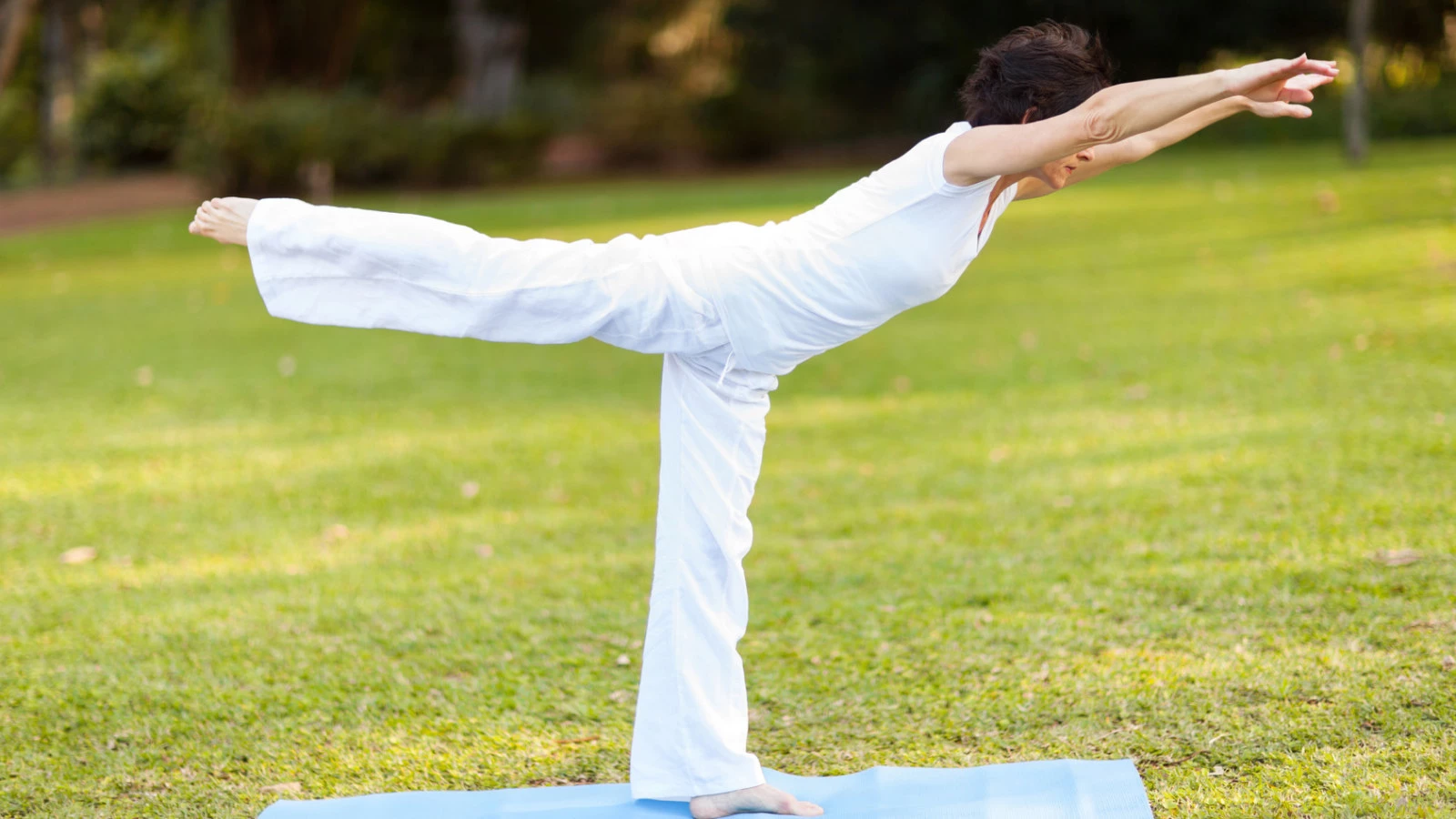Pelvic Floor Health: Why Developing Mindfulness Matters

Mindfulness practices are gaining popularity and even appear to be quite trendy these days. Perhaps it is because we know, and have experienced, that there is tremendous value in being present and mindful throughout our day.
We talk about mindfulness during many activities such as driving, walking, exercising, eating and socializing. So why not also be mindful while going to the bathroom? Yes, mindful toileting!
Being fully present and aware of our bodies, minds and emotions can help release the pelvic floor muscles (PFMs) when we perform our toilet duties, resulting in successfully completing our task. Often we are in a hurry and rushing with the attitude of “Hurry up and just get it over with. I have something important waiting.” Or our minds are elsewhere as we are texting or reading, which can be distracting from our present intention of the moment: to empty and eliminate!
This could lead to not fully relaxing and releasing the PFMs, or not fully emptying the bowel or bladder, which may potentially lead to or exacerbate a variety of pelvic health issues like urinary urgency, frequency, incontinence, constipation or pelvic pain dysfunctions.
I have a short “toilet meditation” that I like to share with my clients/students to help you reconnect with this important part of your body.
If you are sitting on the toilet, it’s a good idea to place your feet up on some blocks so that your knees are slightly higher than your hips. This is an ideal position for releasing your PFMs, which allows for proper elimination, particularly for bowel movements. If you are standing during urination, these six stages can still be performed.
The Six Stages for Mindfulness in the Bathroom
A = Awareness: Start with a brief body scan from head to toe simply observing sensations that you may be experiencing both externally and internally, without judgment. You may include awareness of thoughts and emotions, without elaborating on a story or analyzing.
I = Imagination: Use your visualization skills to imagine your pelvic floor and the general area of attachments of the PFMs to the inside of the front, sides and back of the pelvis, the tailbone and sacrum. Visualize where the bladder and bowel are positioned and imagine them emptying and that the PFMs spanning across the pelvic floor are healthy and functioning optimally.
R = Release & Relax: Let go of any tension in the PFMs as best as you can. Releasing and relaxing these muscles can sometimes be difficult for a variety of reasons. Letting go may take courage, trust, concentration and practice.
B = Breathe: Allow your natural breathing pattern to emerge. Sometimes when we try to breathe, we create more tension, resulting in unnatural patterns that don’t serve a relaxed state. As you quietly inhale, the belly will naturally expand outward and the pelvic floor will descend. As you exhale, the belly and PFMs will return to their resting positions. During toileting, see if you can simply allow the quiet rhythm of the abdomino-pelvic diaphragmatic breath to happen on its own without trying to change it.
A = Allow: This “allowing” is a little more than just releasing and relaxing or allowing the breath to happen on its own. See if you can really give yourself permission to trust that your body knows what to do and when to do it. Perhaps you feel the need to “push” gently (do not strain) or you do feel like you want to take a deep breath or lean forward or place your feet in a different position. The more refined your awareness skills are, the more you can trust what feels right, and not always what you think you should do.
G = Gratitude: I think it is a healthy practice to not only be completely present and mindful when toileting, but to also honor this sophisticated and truly complex function that our body does for us on a daily basis without us even asking it to. So each time you complete your toileting event, I invite you to send a little gratitude to your body and all its incredibly phenomenal anatomy to end your toilet meditation (TM)!
For a brief guided TM, please view my free YouTube segment
**This article and video are not meant to diagnose, treat, or act as medical advice. Please consult your health care provider for clearance and guidance before following or participating in these activities.**
Reprinted with permission from Physio Yoga with Shelly Prosko
 Shelly Prosko, PT, PYT, CPI is a Physical Therapist and Yoga Therapist, Shelly is dedicated to bridging the gap between yoga and modern healthcare philosophies and believes it is essential in order to create and sustain optimal health. She received her Physical Therapy degree at the University of Saskatchewan, Canada, and her medical therapeutic yoga training at Professional Yoga Therapy Studies in North Carolina. Shelly has been integrating yoga into her physical therapy treatments since 1998, addressing a wide variety of conditions including chronic pain. Currently, she travels across North America offering specialty Physio-Yoga Therapy workshops, lecturing at Medical College programs, instructing at Yoga Therapy Trainings, presenting at International Conferences and actively promoting the integration of yoga therapy into our current healthcare system. Shelly is dedicated to inspiring, empowering and educating health professionals, yoga teachers, therapists, students and people in pain about ways yoga can be used safely and effectively to address a variety of health issues and improve quality of life. Please visit www.physioyoga.ca for more information.
Shelly Prosko, PT, PYT, CPI is a Physical Therapist and Yoga Therapist, Shelly is dedicated to bridging the gap between yoga and modern healthcare philosophies and believes it is essential in order to create and sustain optimal health. She received her Physical Therapy degree at the University of Saskatchewan, Canada, and her medical therapeutic yoga training at Professional Yoga Therapy Studies in North Carolina. Shelly has been integrating yoga into her physical therapy treatments since 1998, addressing a wide variety of conditions including chronic pain. Currently, she travels across North America offering specialty Physio-Yoga Therapy workshops, lecturing at Medical College programs, instructing at Yoga Therapy Trainings, presenting at International Conferences and actively promoting the integration of yoga therapy into our current healthcare system. Shelly is dedicated to inspiring, empowering and educating health professionals, yoga teachers, therapists, students and people in pain about ways yoga can be used safely and effectively to address a variety of health issues and improve quality of life. Please visit www.physioyoga.ca for more information.


